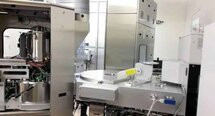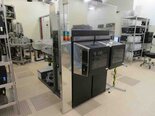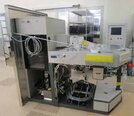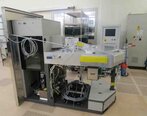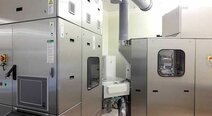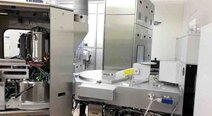Used AIXTRON Tricent #9396754 for sale
URL successfully copied!
Tap to zoom
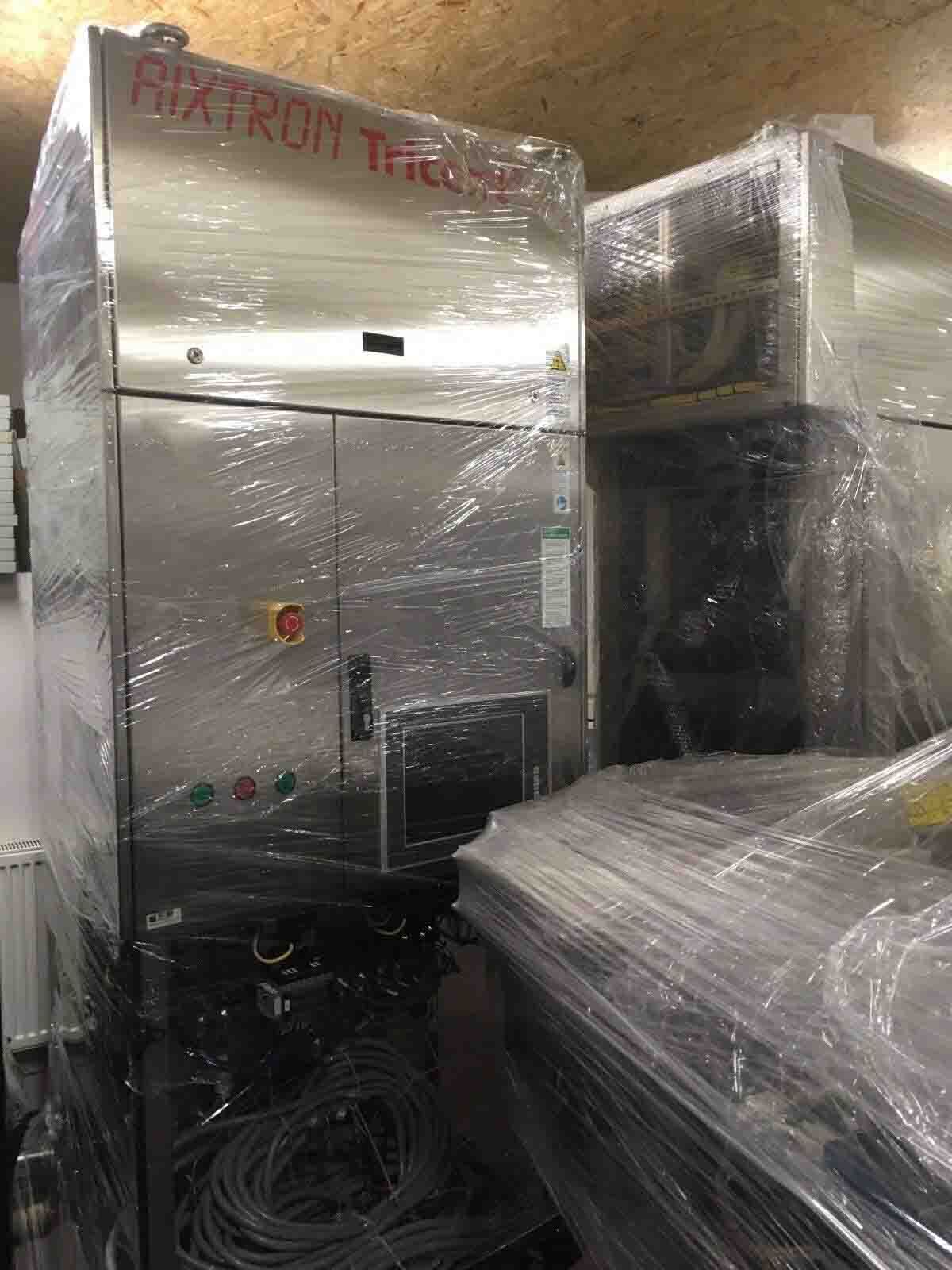



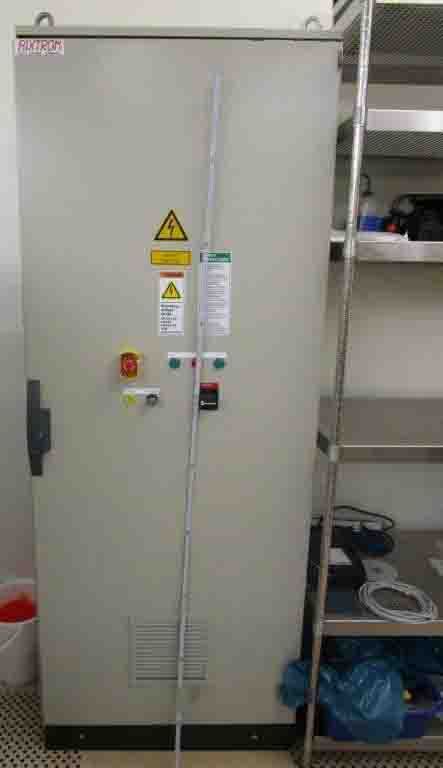

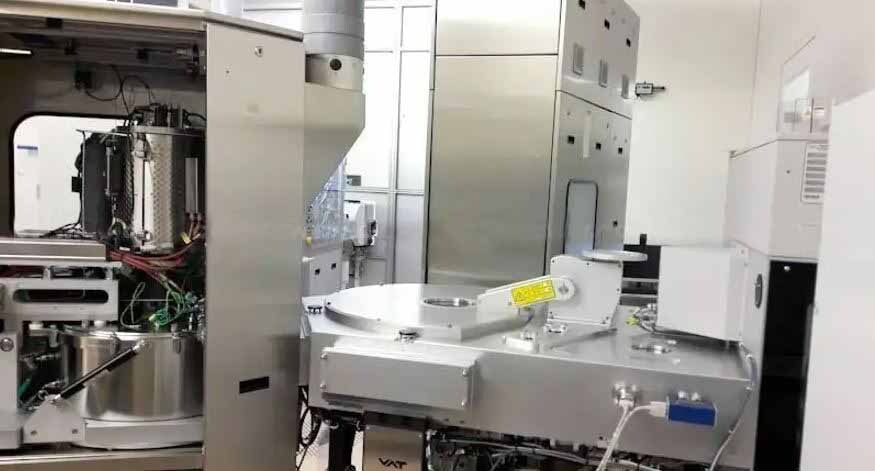

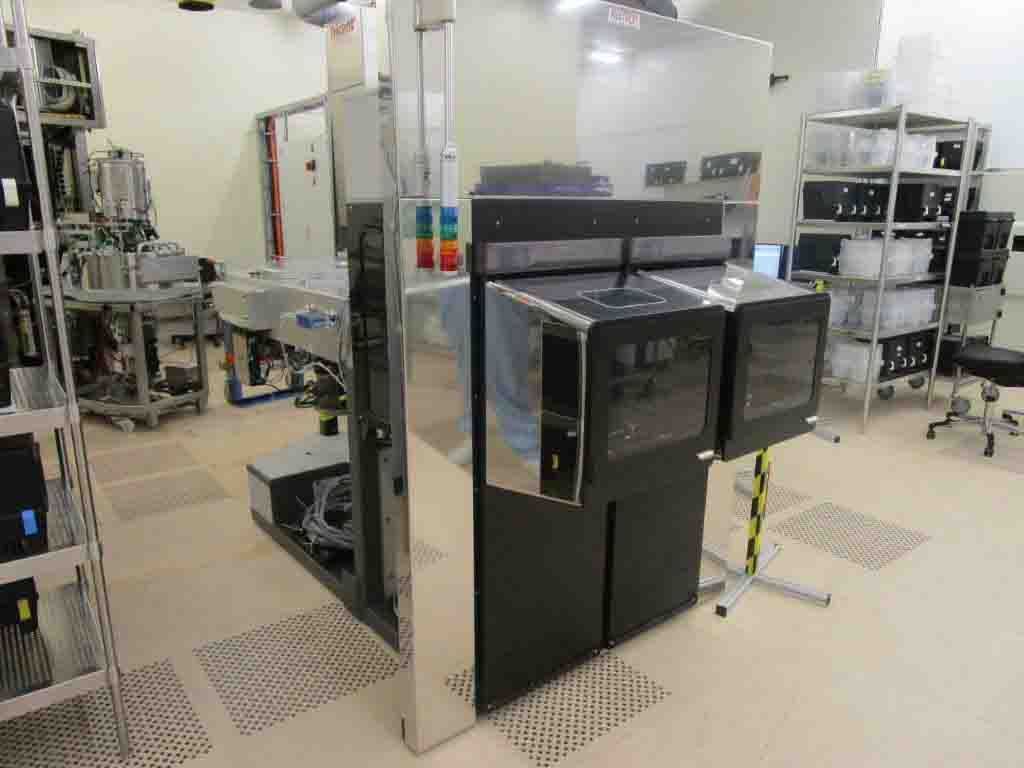

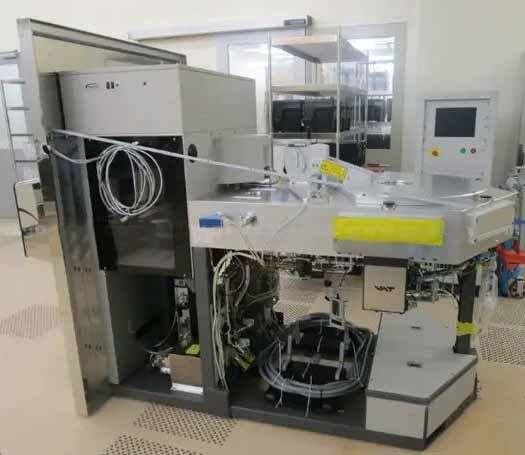

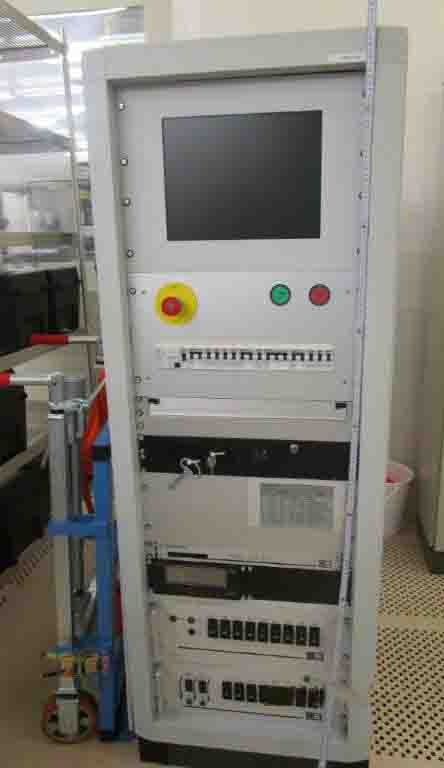

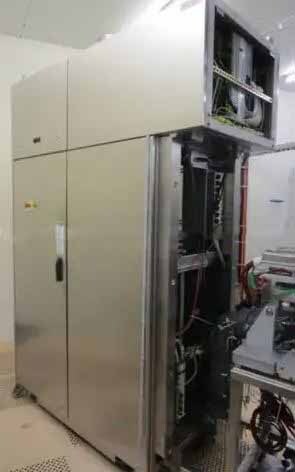



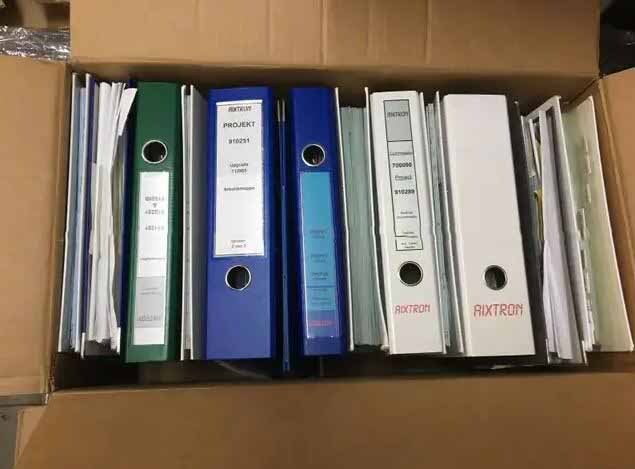

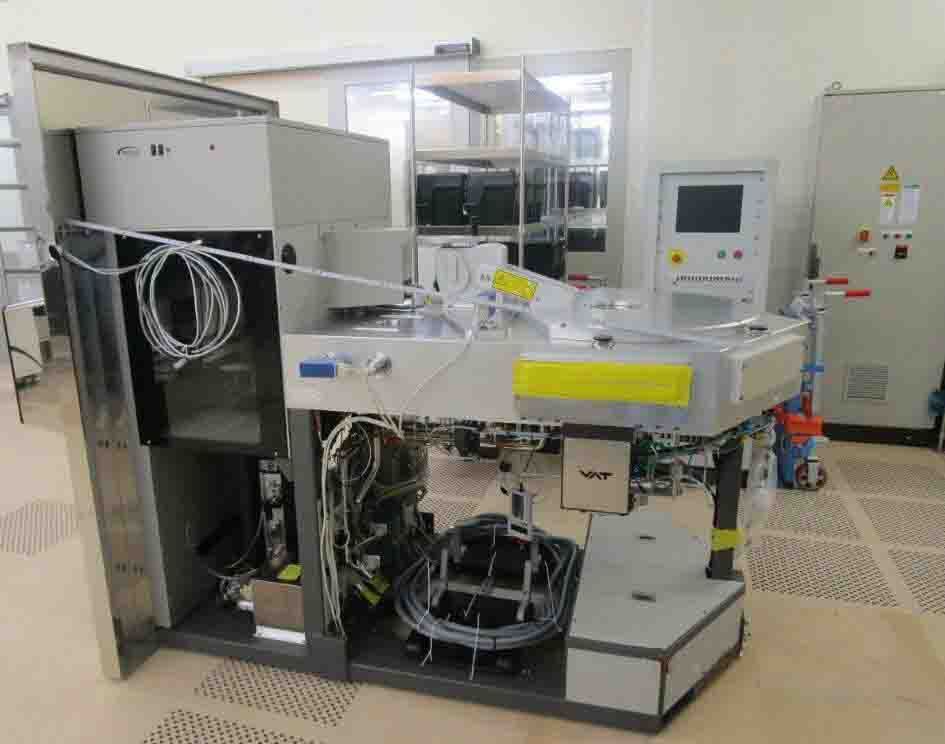









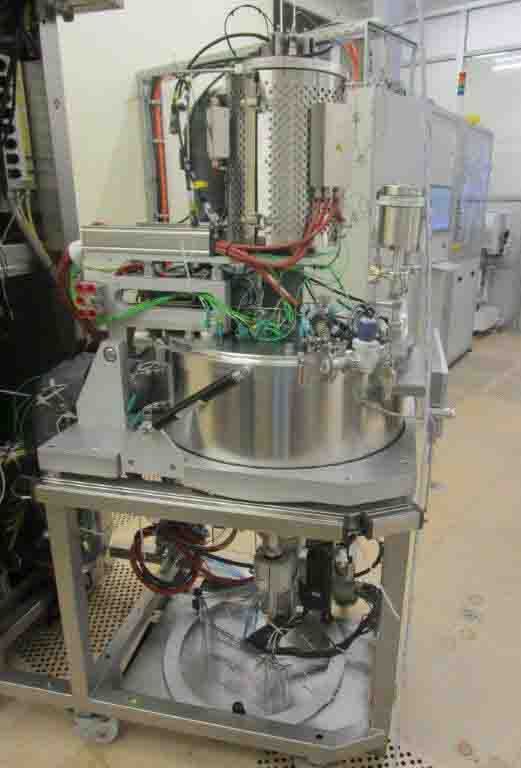



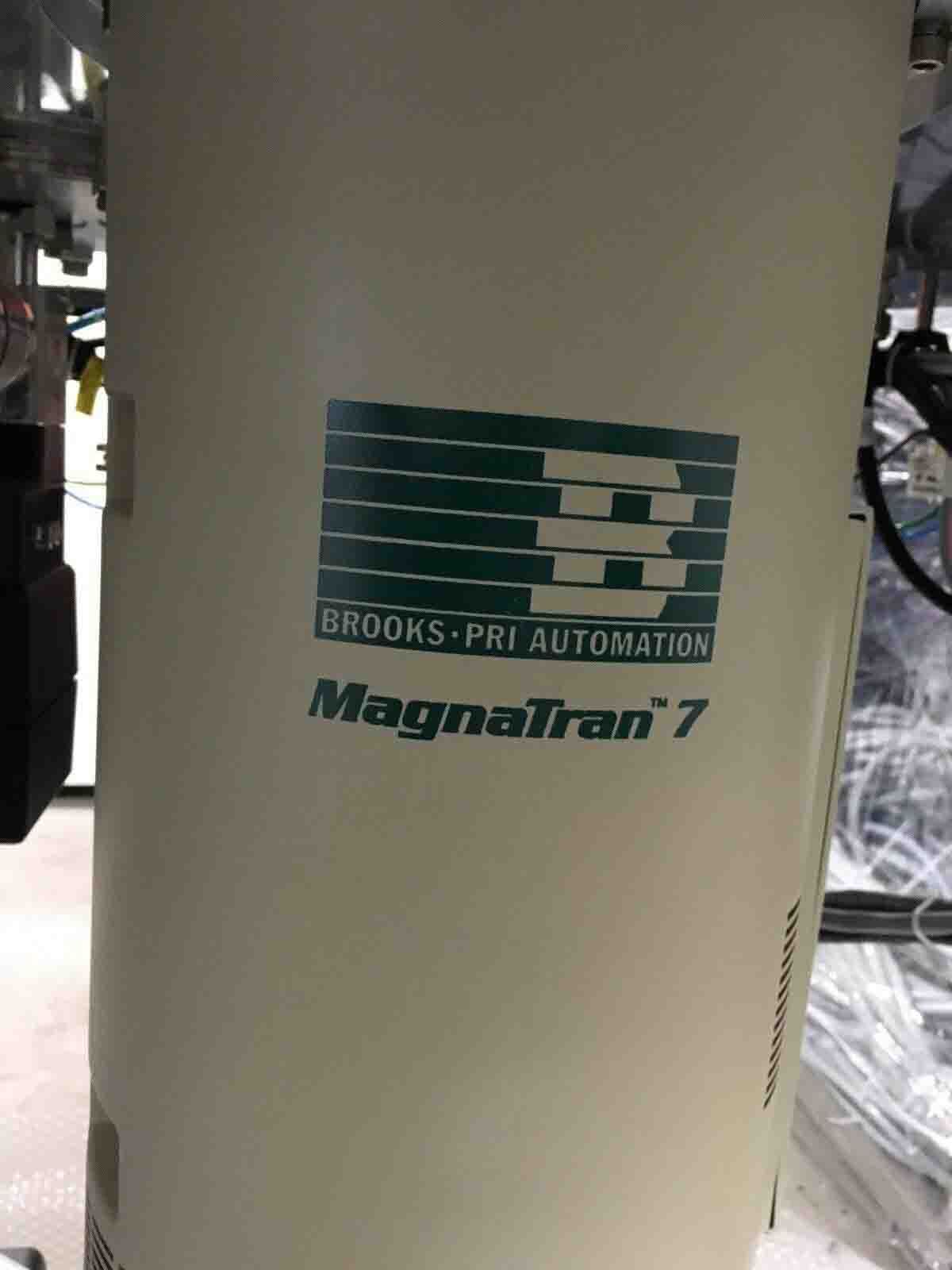



ID: 9396754
Vintage: 2006
CVD System
BROOKS AUTOMATİON Gx6000 Handler
BROOKS AUTOMATİON Magnatran
2006 vintage.
AIXTRON Tricent is a three-electrode chemical vapor deposition (CVD) reactor specifically designed for the deposition of nitride-based materials. Tricent is designed to deposit nitride layers by the decomposition of volatile metal-nitride compounds such as aluminum nitride, gallium nitride, and indium gallium nitride. It utilizes a planar-type RF/DC-driven process, in which two electrodes are used for creating the plasma, and an auxiliary electrode for controlling the DC bias. This configuration improves process performance due to the higher plasma production, since the DC bias enables faster thermalization, leading to higher deposition rates. AIXTRON Tricent can operate under different nitride process gasses, including NH3, GeH4, and silane. This reactor is capable of achieving high deposition rates taking into account its small-sized reactor design. It has a very fast deposition rate switching capability, making it ideal for applications that involve rapid switching of process gasses and/or substrate temperature, such as for the deposition of thick layers. Tricent also offers on-the-fly substrate temperature and gas control, making it possible to monitor and optimize the process while running. AIXTRON Tricent utilizes automated process optimization capabilities, allowing users to quickly tune process parameters. This makes it easier for users to learn how to operate the reactor and minimize downtime when dealing with new material systems or processes. Additionally, users benefit from advanced intelligent process control systems that use feedback loops and diagnostics to monitor the process and maintain consistent deposition rates. Finally, Tricent has a stainless steel housing that can be easily maintained and cleaned. The interior of the reactor delves into all surface area not occupied by the substrate, suppressing deposition on surfaces that are not intentionally exposed to the reactants. The result is an improved surface quality and higher deposition rates, as well as increased reliability and reproducibility.
There are no reviews yet



